Enhancing critical thinking Worksheets for 8-Year-Olds
11 filtered results
-
From - To
Enhance your 8-year-old's critical thinking skills with our engaging worksheets, designed to foster problem-solving, logical reasoning, and creative thinking. Perfect for young learners, these thoughtfully crafted activities encourage kids to analyze information, make connections, and form conclusions. With a variety of fun exercises, including puzzles, decision-making scenarios, and scenario-based questions, your child will develop essential cognitive skills while enjoying the learning process. Our worksheets align with educational standards, making them a valuable resource for classroom teachers and parents alike. Explore our collection to empower your child’s thinking abilities and inspire a lifelong love for learning!
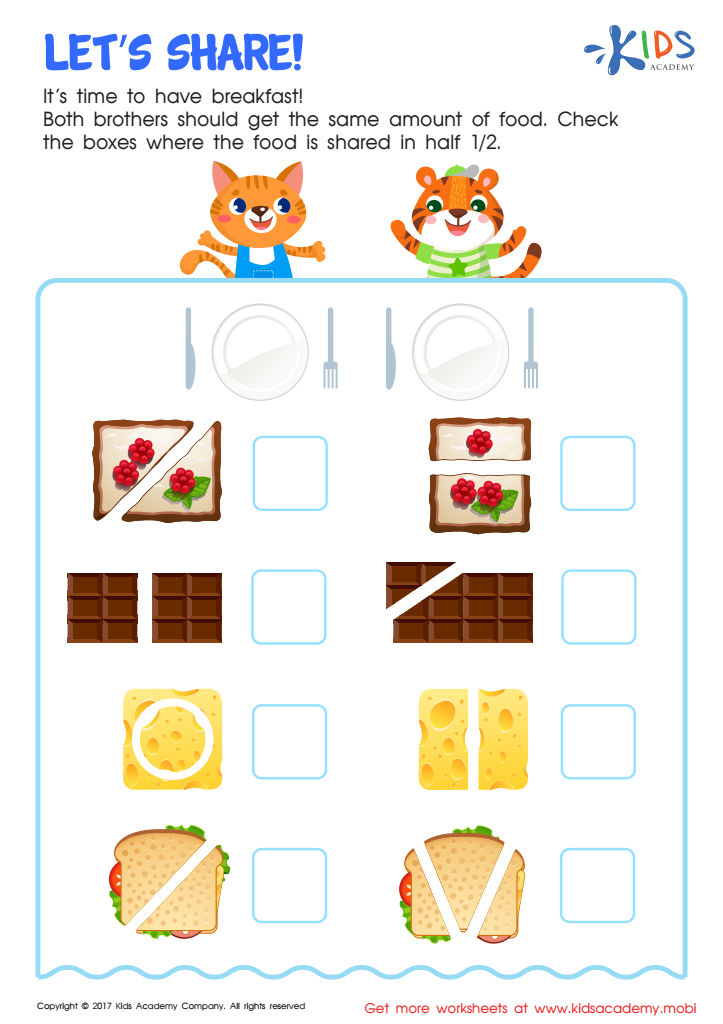

Let's Share Worksheet
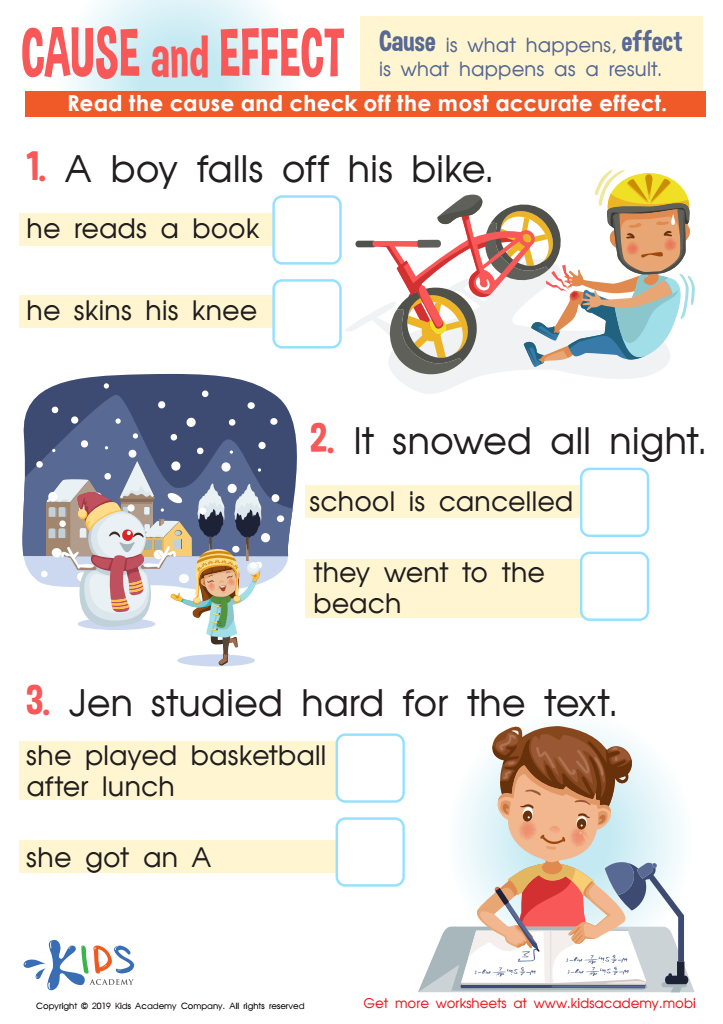

Cause And Effect Worksheet
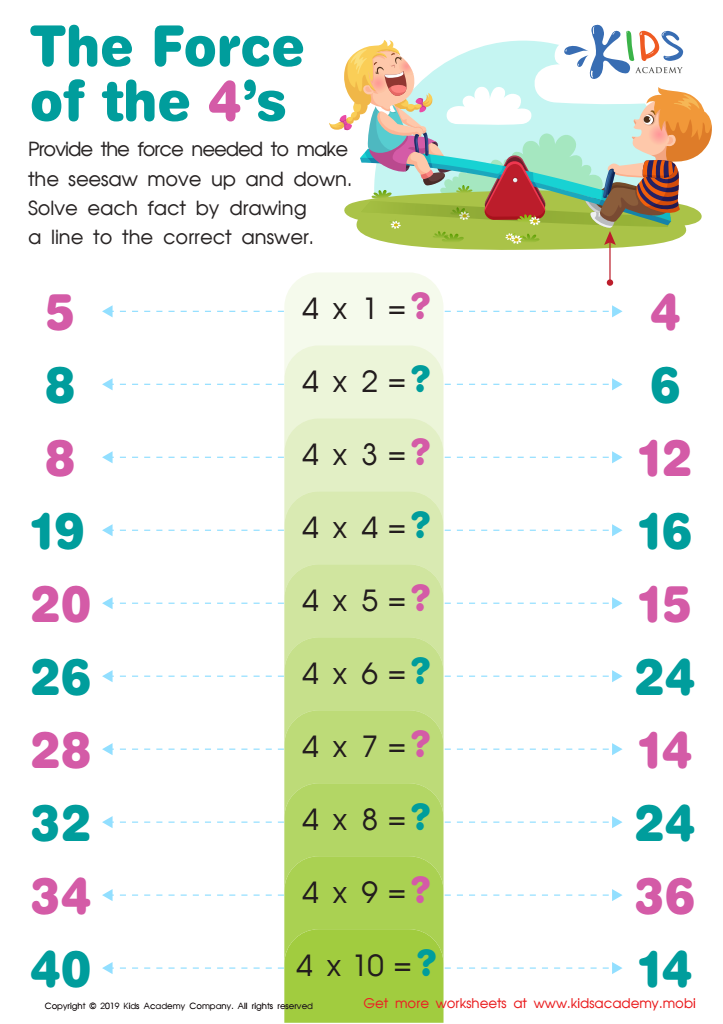

The Force of the 4's Worksheet
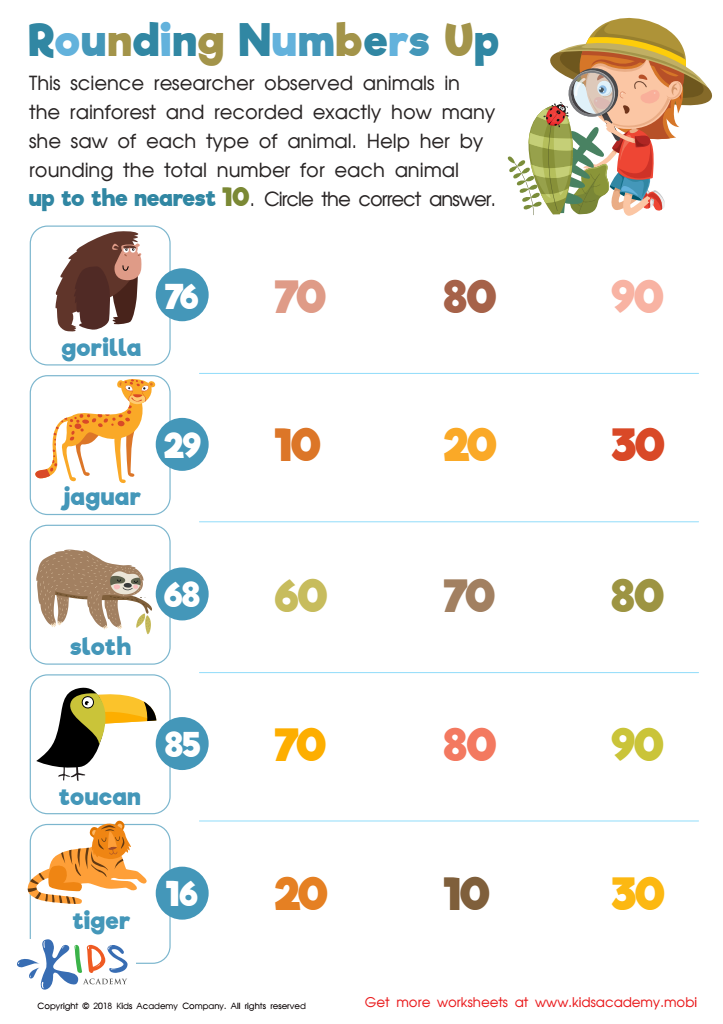

Rounding Numbers Up Worksheet


King and Queen Mate Strategy: Part 1 Worksheet


Comparing Causes of Erosion Worksheet
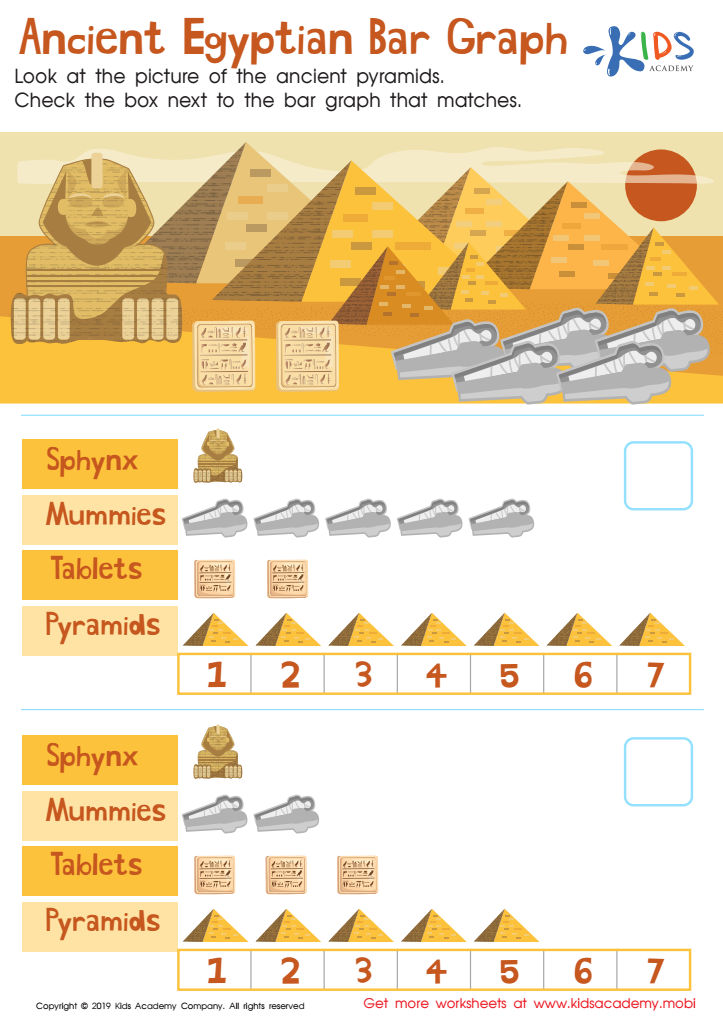

Egyptian Bar Graph Worksheet
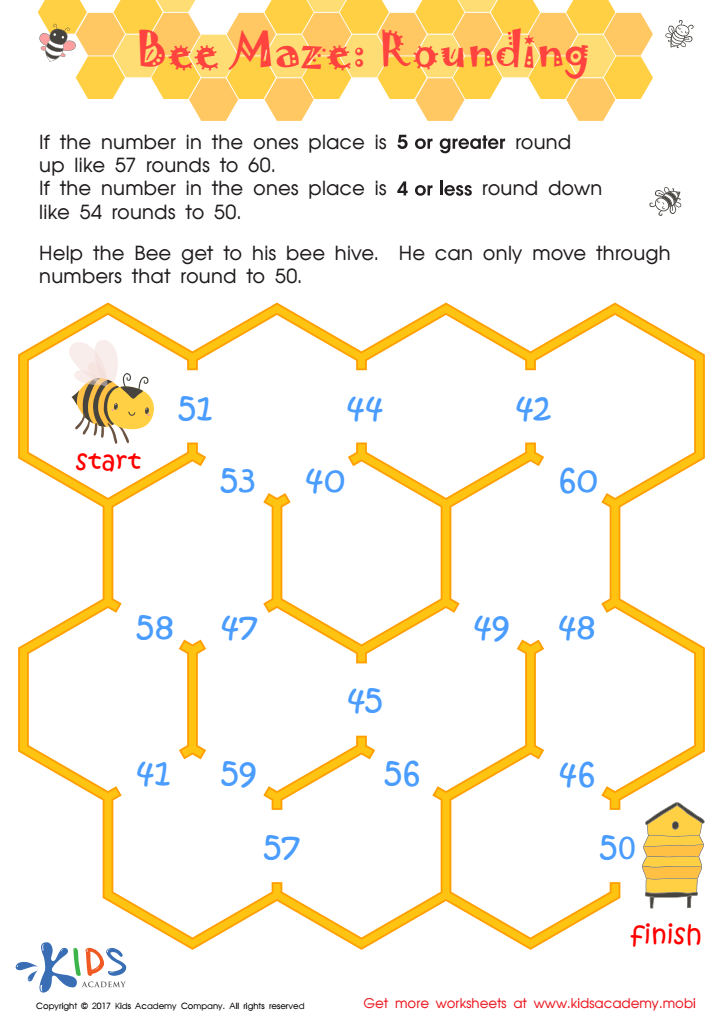

Bee Maze Worksheet
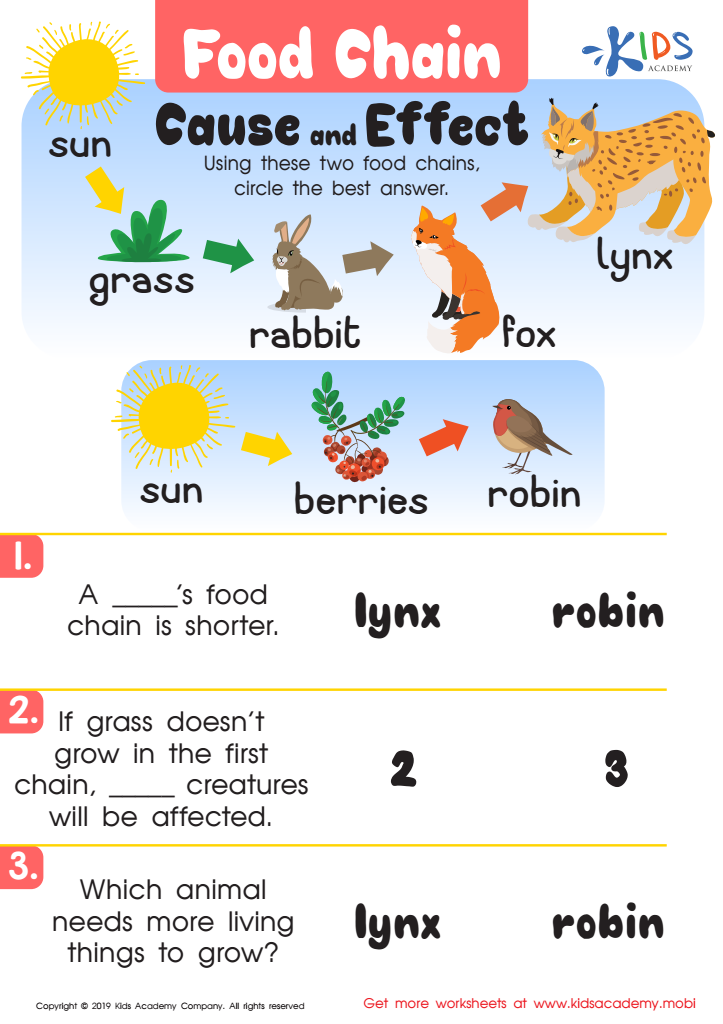

Food Chain Cause Worksheet
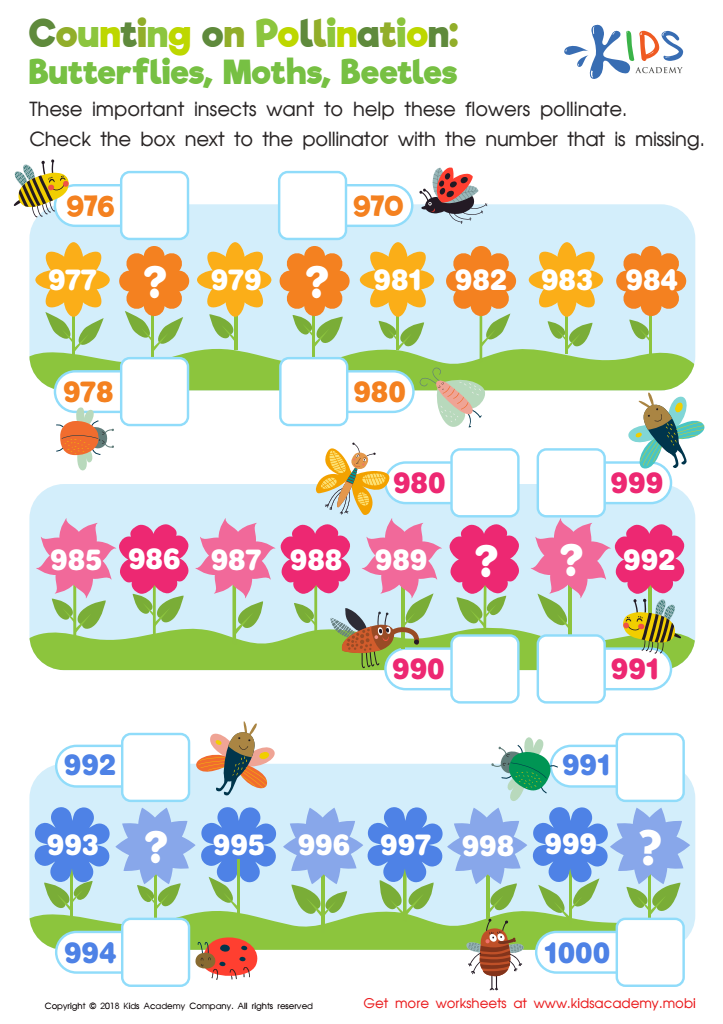

Counting on Pollination: Butterflies, Moths, Beetles Worksheet
Enhancing critical thinking in 8-year-olds is vital for their intellectual development and future success. At this age, children are beginning to form their own opinions and understanding of the world around them. Encouraging critical thinking promotes curiosity, helping them question information rather than accept it at face value. By fostering analytical skills, children learn to make informed decisions, evaluate various perspectives, and approach problems creatively.
Parents and teachers play a crucial role in shaping how children think. Through engaging in discussions, promoting problem-solving activities, and encouraging open-ended questions, they can create an environment that nurtures a growth mindset. Critical thinking also boosts academic performance, as children become better equipped to tackle complex subjects, from math to literature, enhancing their capability to connect concepts and apply knowledge.
Moreover, critical thinking nurtures social skills. Children who think critically can communicate their ideas effectively and engage in meaningful conversations, leading to improved collaboration and empathy. Ultimately, investing in these skills at a young age lays the foundation for learners who can thrive in diverse situations, adapt to new challenges, and contribute positively to society. By prioritizing the enhancement of critical thinking, adults empower children to become confident, independent thinkers.

 Assign to My Students
Assign to My Students


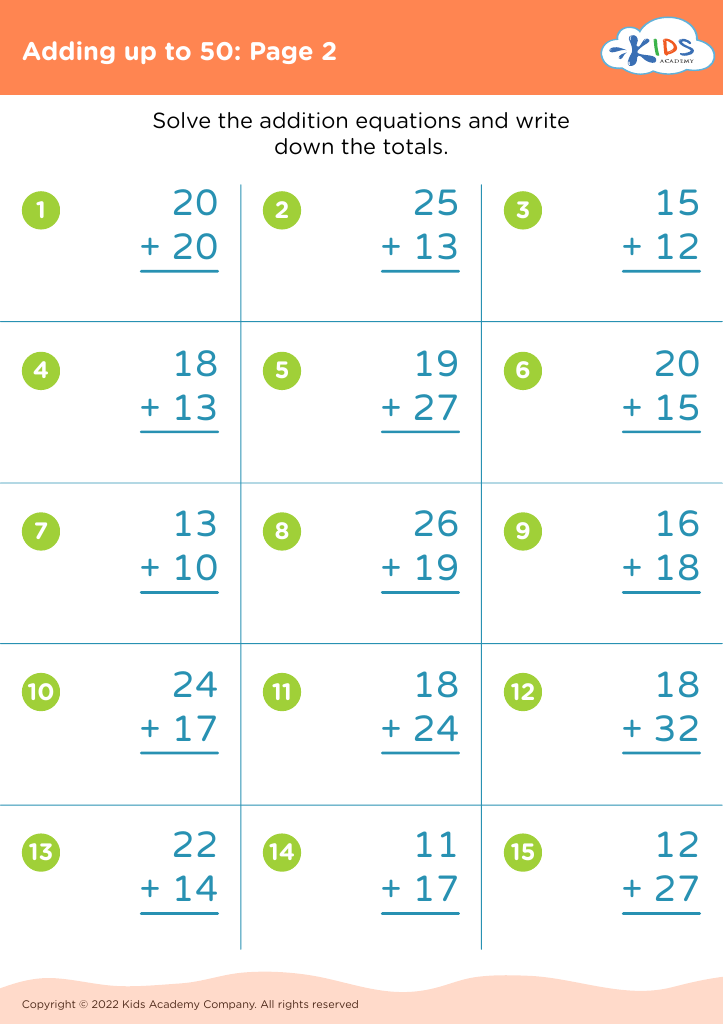




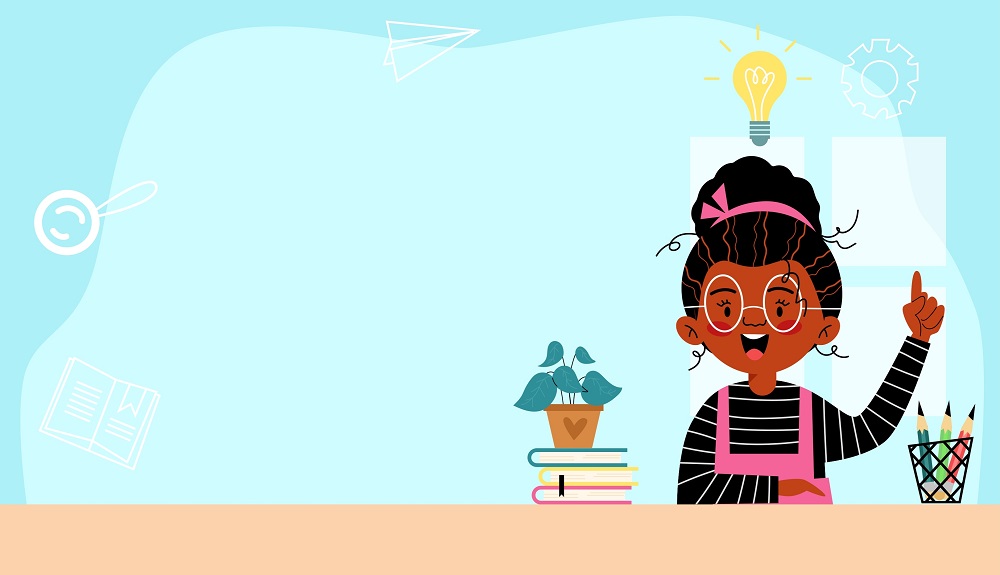
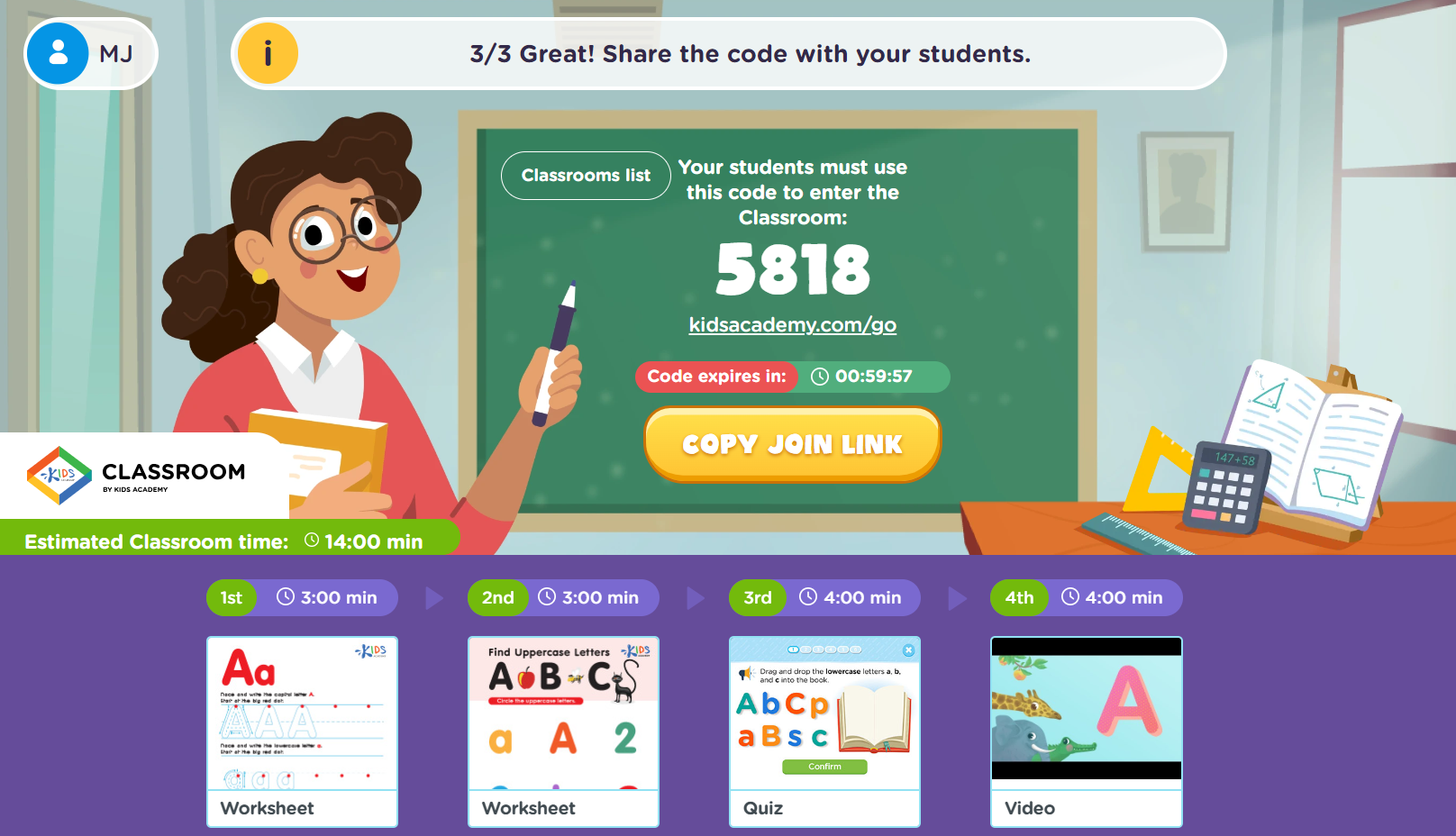
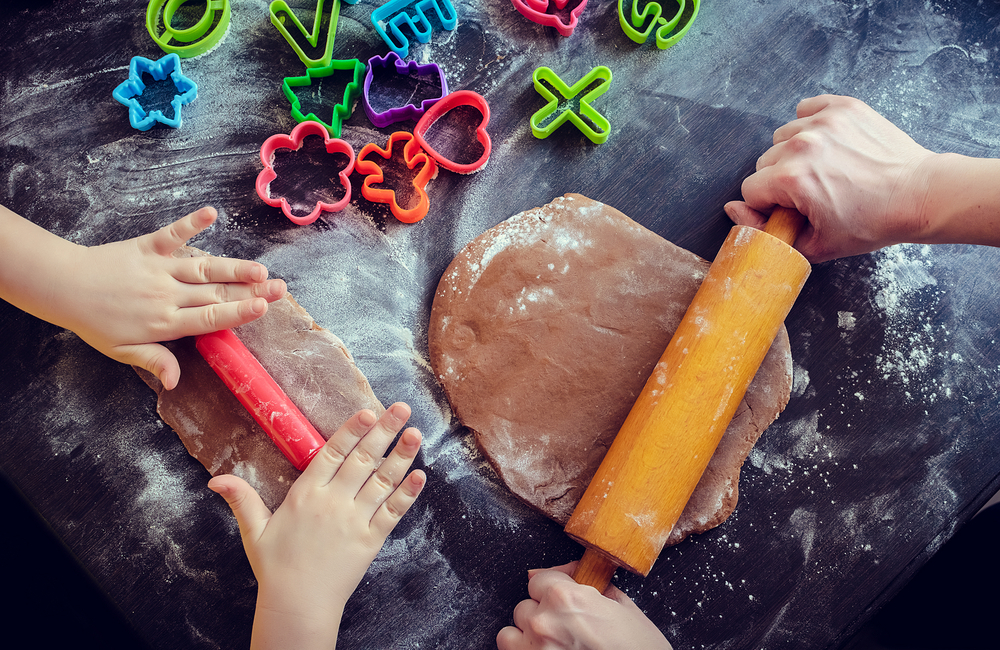
.jpg)












